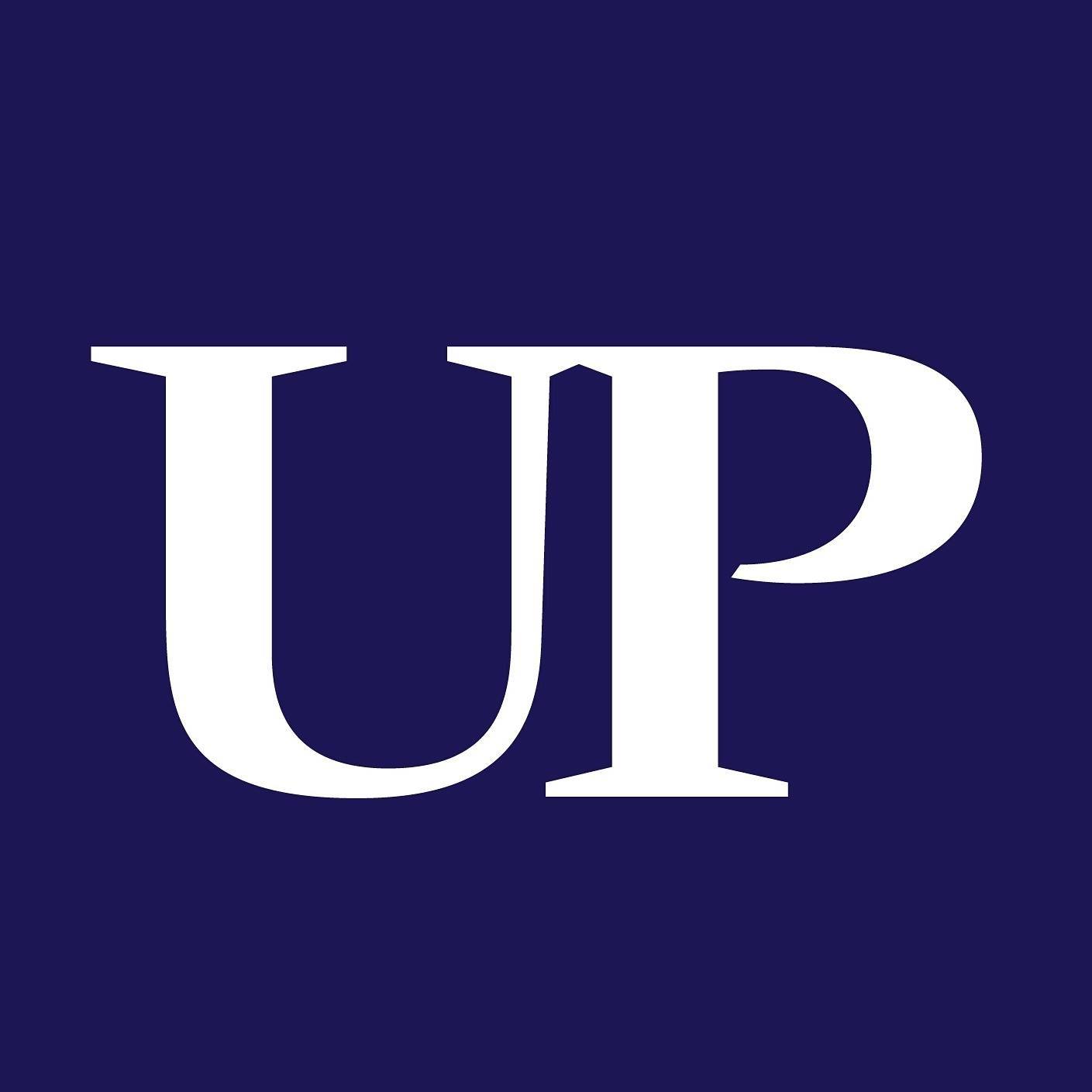We said students in the BBA complete the business foundation core, while students in the BA fulfill the College of Arts and Science distribution requirements. What does that mean?

We said students in the BBA complete the business foundation core, while students in the BA fulfill the College of Arts and Science distribution requirements. What does that mean?
For an economics student, the business foundation core consists of twelve courses beyond what’s required for the major. It introduces students to leadership skills, business software, marketing, finance, accounting, law, operations management, entrepreneurship, and management. In addition, business students take a college writing class and a public speaking class.
For an economics student, the College of Arts and Sciences requirements consist of one course in effective communication, two philosophy courses, and five upper-division electives. They also require the student to develop intermediate-level competency in a foreign language. At most, that means completing four courses in the language of your choosing—but some students don’t need to take any language classes, because they studied lots of language in high school. So, in all, fulfilling the College of Arts and Sciences requirements means completing between eight and twelve courses beyond what’s required for the major.
So, you can see that the BA might be attractive to a student who would like the freedom to explore a variety of subjects in college and the BBA might be attractive to a student who is interested in the specific knowledge and skills that make a business run.
Two Economics Majors (BBA & BA) and Choosing Between Them
Back to the big picture
The BBA in economics links a broad grasp of business knowledge and skills with a deep understanding the economic environment of business. In addition, students develop analytical skills, including data analysis skills, which can help businesses plan. Skills students develop in this area can prepare them for a wide variety of management positions.
The BA in economics develops critical thinking and communication skills that come with a liberal arts degree, rather than specific skills and knowledge useful to businesses. By combining liberal arts critical thinking skills with analytical skills, a BA prepares students for a broad range of private and public sector careers, as well as for graduate study.
The University of Portland is a thriving community of more than 3,500 undergraduate students, who come from around the nation and the world, as well as over 1,000 faculty and staff. The University is located up on a bluff in a residential neighborhood overlooking the Willamette River and the city of Portland. The school’s location also is the inspiration for its nickname, “The Bluff.”
The University is currently led by President Robert D. Kelly, PhD. Since our inception in 1901, the University has been guided by the Congregation of Holy Cross, a Catholic order of priests and brothers. The founder of the order, Blessed Basil Moreau, CSC, said, "The mind will not be cultivated at the expense of the heart.” This commitment to educating the hands, heart, and mind are hallmarks of our belief in educating the whole person.
For 28 consecutive years, the University has earned a top-10 ranking by US News & World Report in the “Regional Universities – West” classification, including the number 1 spot in the 2022 rankings. For nine consecutive years, UP has been the top Oregon school in Kiplinger’s Personal Finance annual ranking of best values in private universities. And for three consecutive years, Bloomberg Businessweek has named University of Portland the top school in Oregon for “return on investment” in a state-by-state ranking of schools providing graduates with the most return for the price of their education.
University of Portland is Oregon’s only comprehensive university with schools of business, education, engineering, nursing, a College of Arts and Sciences, and a graduate school. There are more than 40 undergraduate programs and 30 minors, as well as 18 graduate programs, and more than 1,300 courses. The University features small class settings (11:1 student-faculty ratio) and award-winning faculty. UP was ranked #1 in the nation as top producer of Fulbright U.S. students among master’s level institutions.
The University offers a rich resource for the community through educational opportunities, research, and experts, in addition to a host of community offerings such as athletic events, cultural events, speakers and lectures.
© 2025 coursetakers.com All Rights Reserved. Terms and Conditions of use | Privacy Policy